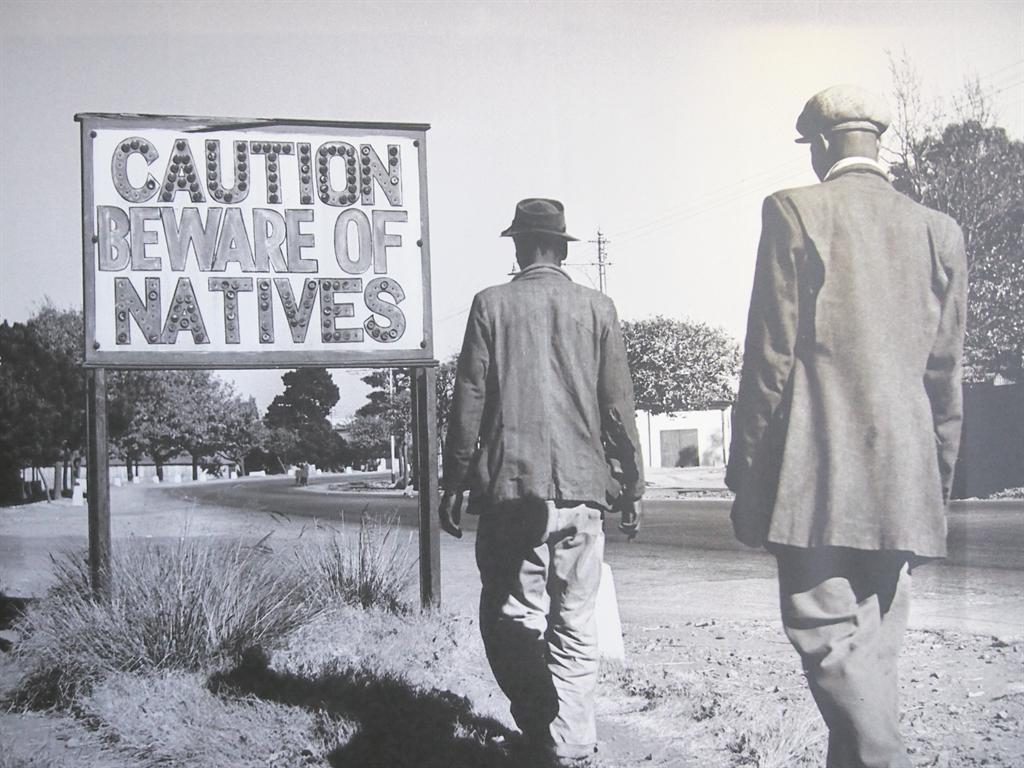White Afrikaners seek native status
JEMIMA BEUKES
WINDHOEK
Otjozondjupa resident Stefanus van der Merwe has requested the Ancestral Land Commission and the Namibian government to grant the Afrikaner community native status, like that of other African communities in the country.
He also asked for fair treatment for white Namibians, such as with regards to access to Agribank loans on the same conditions as black Namibians and being considered for resettlement.
In his submission, Van der Merwe said this will allow his community to enjoy all benefits of being Namibia without discrimination in any form.
According to the report, Van der Merwe’s family left the Transvaal in South Africa in 1875 and settled at Rietfontein near Gobabis a year later.
The family eventually settled in Etosha in 1880, while some settled in Kaokoland.
“To define ancestral land in the country is very difficult, if not impossible. How far back in the past is a justifiable starting point? Do we talk about 30 years ago, 50 years, 100 years or 500 years or still backwards?” he submitted.
White settlers
According to him, white people arrived in Namibia from the Cape area already in 1760 and settled around the Swakop River, as well as Keetmanshoop where some of them farmed.
“There were already white traders, farmers, hunters, discoverers, etc in South West Africa [Namibia] in 1800,” he said.
Van der Merwe also submitted that land was bought legally from the Owambo King Kambonde ka Mpingana in 1884, stretching from Namutoni in a straight line to Okaukuejo through to Waterberg to Okatjiruo.
“There were no OvaHereros in that area. The transaction process took place over a long period, and if there was dissatisfaction among the San, there was ample time for them to express their opposition against the transaction. The land was bought from the Owambos, and their chief as well as his councillors have signed the selling contract.
“The missionary at Ondangwa also signed as a witness,” he said.
Resettlement farms
Van der Merwe also advised government to develop unoccupied land, provide access to water and use the land to grow crops to ensure food security and employ people.
“Regular visits and inspections should take place when people are resettled on resettlement farms. Training regarding farming is also very important and should be provided to the resettled farmers.
“Laws and regulations should be enforced on those farms to ensure that they do not become places of criminal activities. Resettlement farms would become sustainable and contribute to food security in the country if training, regular visits and information related to farming are provided,” he said.
[email protected]
WINDHOEK
Otjozondjupa resident Stefanus van der Merwe has requested the Ancestral Land Commission and the Namibian government to grant the Afrikaner community native status, like that of other African communities in the country.
He also asked for fair treatment for white Namibians, such as with regards to access to Agribank loans on the same conditions as black Namibians and being considered for resettlement.
In his submission, Van der Merwe said this will allow his community to enjoy all benefits of being Namibia without discrimination in any form.
According to the report, Van der Merwe’s family left the Transvaal in South Africa in 1875 and settled at Rietfontein near Gobabis a year later.
The family eventually settled in Etosha in 1880, while some settled in Kaokoland.
“To define ancestral land in the country is very difficult, if not impossible. How far back in the past is a justifiable starting point? Do we talk about 30 years ago, 50 years, 100 years or 500 years or still backwards?” he submitted.
White settlers
According to him, white people arrived in Namibia from the Cape area already in 1760 and settled around the Swakop River, as well as Keetmanshoop where some of them farmed.
“There were already white traders, farmers, hunters, discoverers, etc in South West Africa [Namibia] in 1800,” he said.
Van der Merwe also submitted that land was bought legally from the Owambo King Kambonde ka Mpingana in 1884, stretching from Namutoni in a straight line to Okaukuejo through to Waterberg to Okatjiruo.
“There were no OvaHereros in that area. The transaction process took place over a long period, and if there was dissatisfaction among the San, there was ample time for them to express their opposition against the transaction. The land was bought from the Owambos, and their chief as well as his councillors have signed the selling contract.
“The missionary at Ondangwa also signed as a witness,” he said.
Resettlement farms
Van der Merwe also advised government to develop unoccupied land, provide access to water and use the land to grow crops to ensure food security and employ people.
“Regular visits and inspections should take place when people are resettled on resettlement farms. Training regarding farming is also very important and should be provided to the resettled farmers.
“Laws and regulations should be enforced on those farms to ensure that they do not become places of criminal activities. Resettlement farms would become sustainable and contribute to food security in the country if training, regular visits and information related to farming are provided,” he said.
[email protected]





Comments
Namibian Sun
No comments have been left on this article